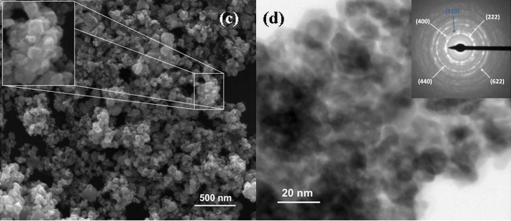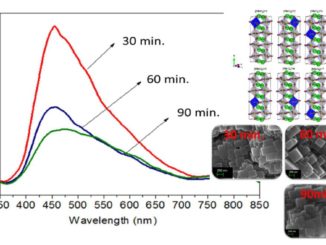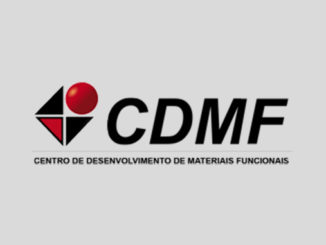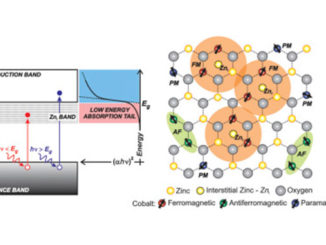
Effect of Er3+ ions on the phase formation and properties of In(2)O(3)nanostructures crystallized upon microwave heating
Abstract: Regular sized nanostructures of indium oxide (In2O3) were homogeneously grown using a facile route, i.e. a microwave-hydrothermal method combined with rapid thermal treatment in a microwave oven. The presence of Er3+ doping plays an important role in controlling the formation of cubic (bcc) and rhombohedral (rh) In2O3 phases. The samples presented broad photoluminescent emission bands in the green-orange region, which were attributed to the recombination of electrons at oxygen vacancies. The photocatalytic activities of pure bcc-In2O3 and a bcc-rh-In2O3 mixture towards the UVA degradation of methylene blue (MB) were also evaluated. The results showed that Er+3 doped In2O3 exhibited the highest photocatalytic activity with a photonic efficiency three times higher than the pure oxide. The improved performance was attributed to the higher surface area, the greater concentration of electron traps due the presence of the dopant and the possible formation of heterojunctions between the cubic and rhombohedral phases.
Author(s): Lemos, SCS; Romeiro, FC; de Paula, LF; Goncalves, RF; de Moura, AP; Ferrer, MM; Longo, E; Patrocinio, AOT; Lima, RC
JOURNAL OF SOLID STATE CHEMISTRY
Volume: 249 Pages: 58-63 Published: MAY 2017
DOI: 10.1016/j.jssc.2017.02.011




